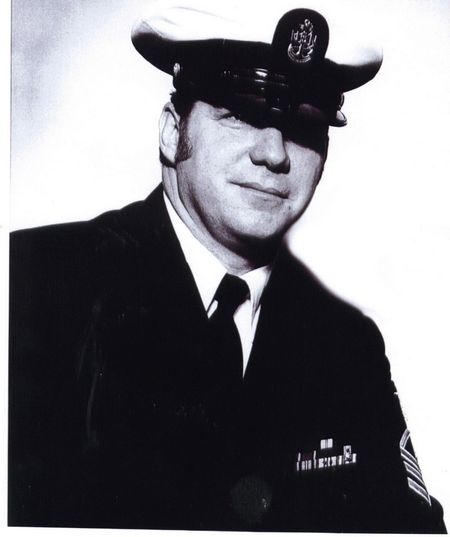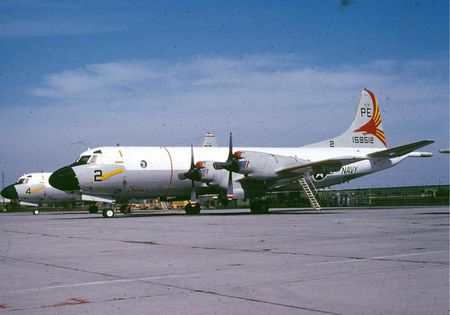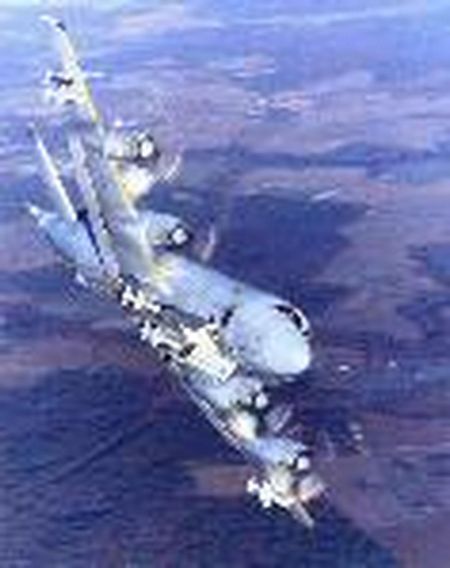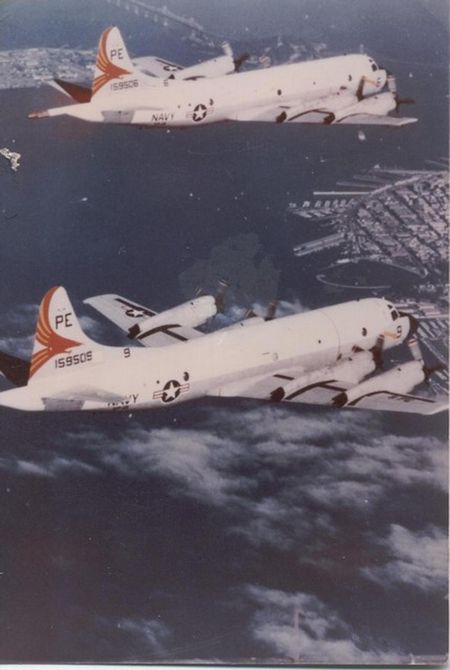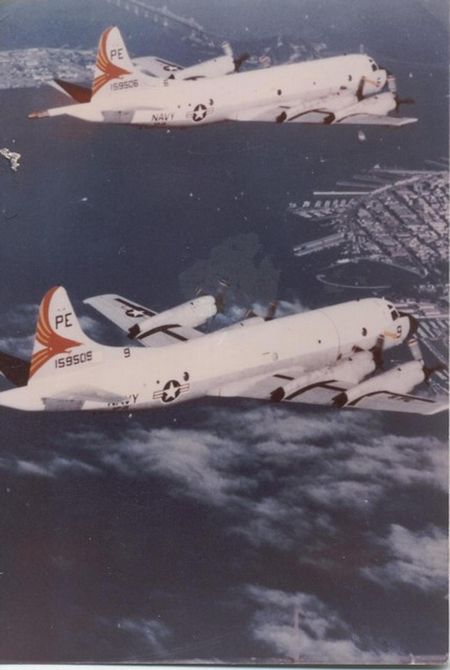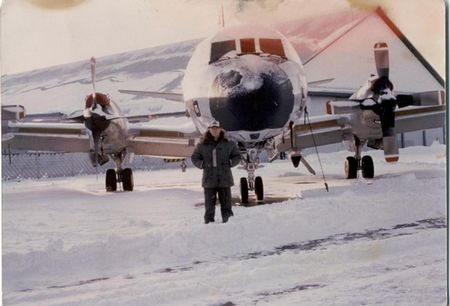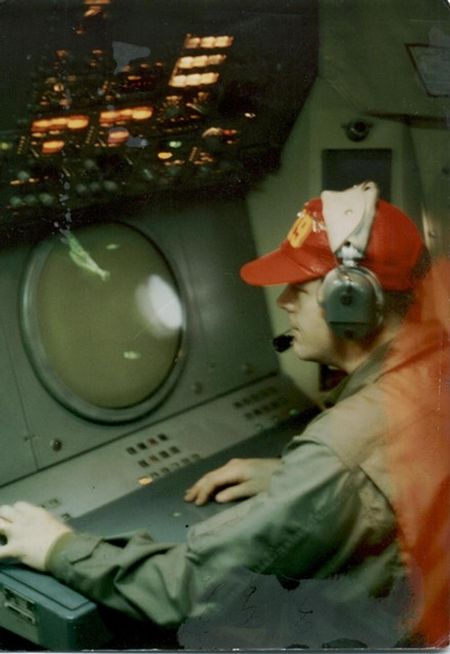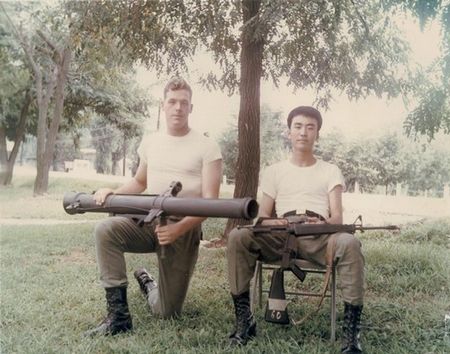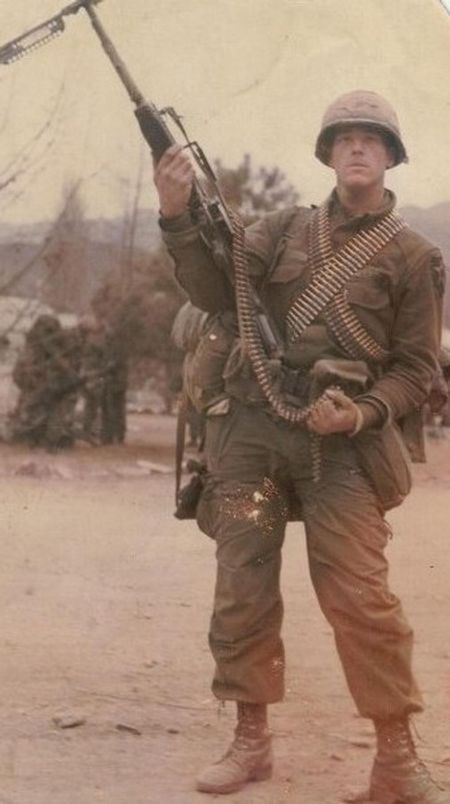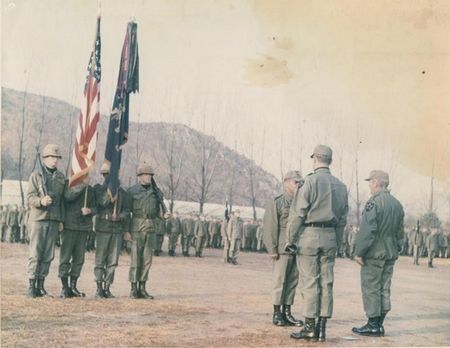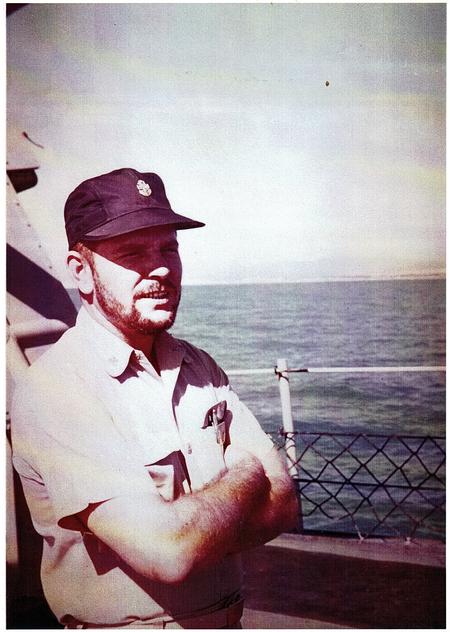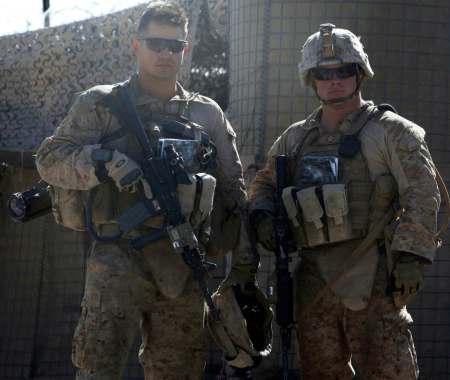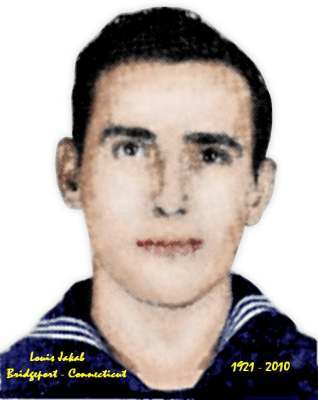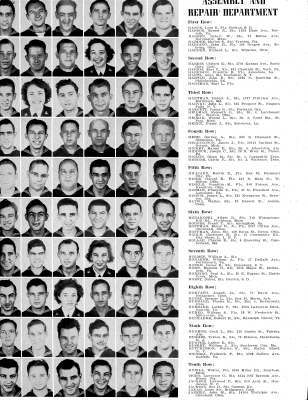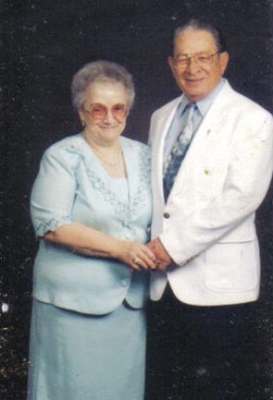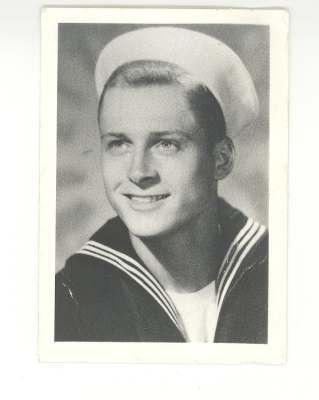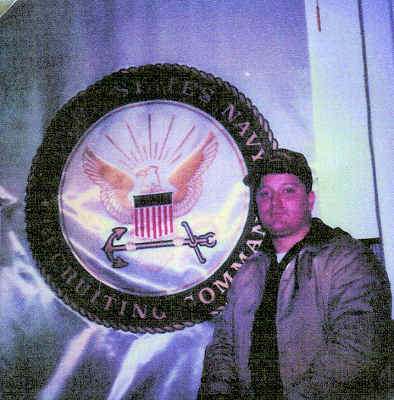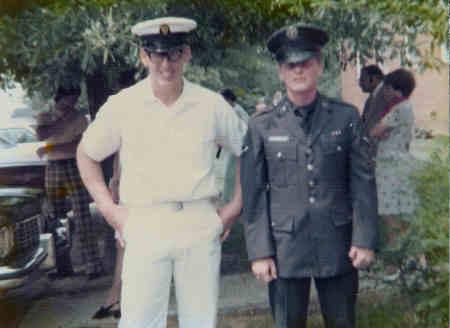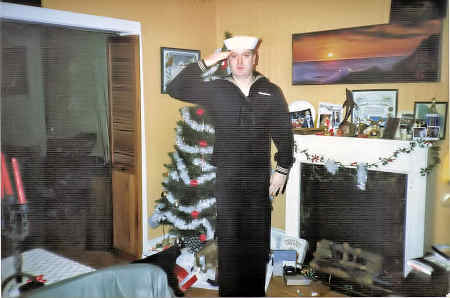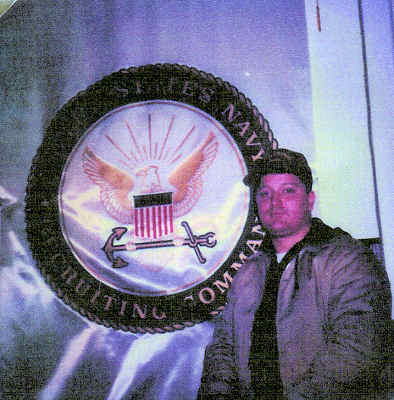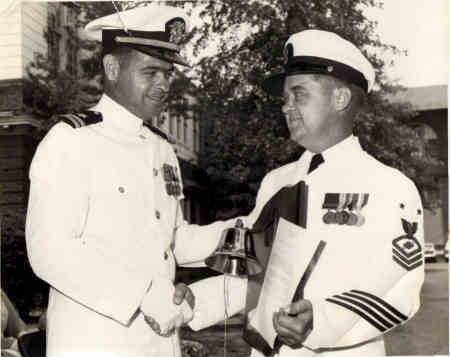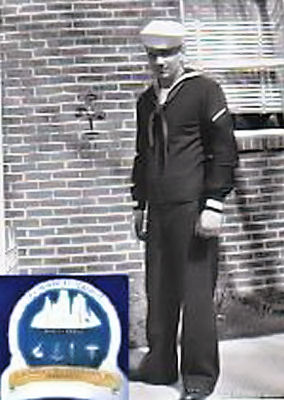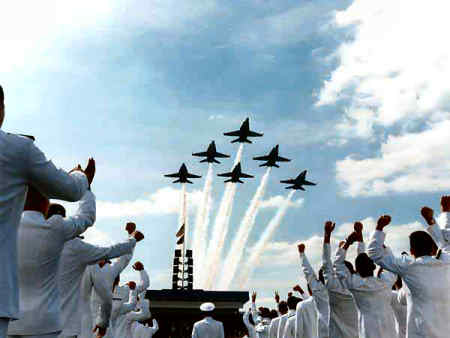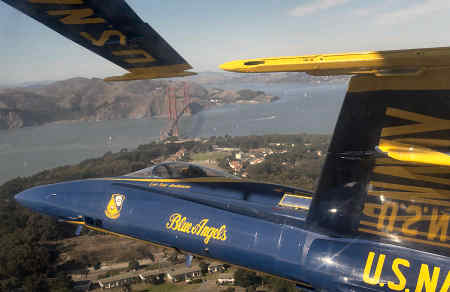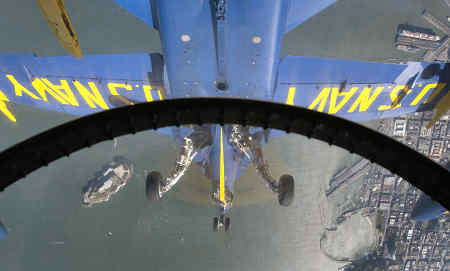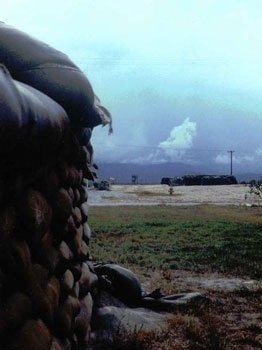ABOUT us navy k9 viet nam
- Origins of the Unit: The U.S. Navy K9 teams in Vietnam were part of the Naval Security Force, mainly tasked with base security and patrol duties across South Vietnam.
- Deployment: The first Navy dog handlers and their canines arrived in Vietnam in 1967, supporting operations at major bases like Da Nang, Cam Ranh Bay, and Nha Trang.
- Specialized Roles: Navy K9s were trained for patrol, sentry, mine detection, and tracking. Their acute senses helped prevent numerous enemy infiltrations.
- Dangerous Duty: K9 teams frequently patrolled perimeters at night, making them prime targets for enemy snipers and sappers.
- Types of Dogs: The most commonly used breeds were German Shepherds and Belgian Malinois, prized for their intelligence, courage, and trainability.
- Heroic Stories: Many Navy dogs saved their handlers’ lives by alerting them to ambushes or hidden explosives, sometimes at the cost of their own lives.
- Recognition: Some K9s, like the German Shepherd "Rex," became local legends on bases for their exceptional service and bravery.
- Vietnamese Partnerships: U.S. Navy K9 teams sometimes worked alongside South Vietnamese military dog teams, sharing tactics and training.
- Post-War Tragedy: Due to quarantine and logistical challenges, most military dogs were euthanized or left behind after the war, sparking later advocacy for better treatment of military working dogs.
- Lasting Legacy: The experiences and lessons from the Navy K9 teams in Vietnam directly influenced modern military working dog programs and handler training in all branches of the U.S. military.

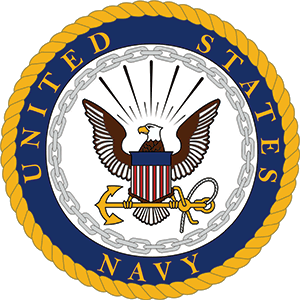
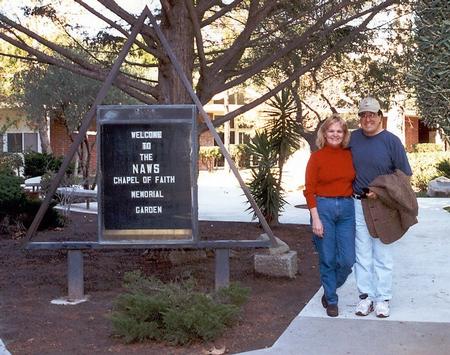
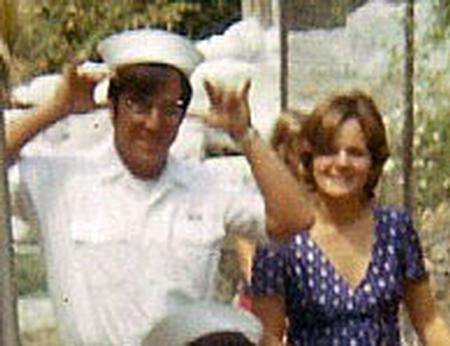
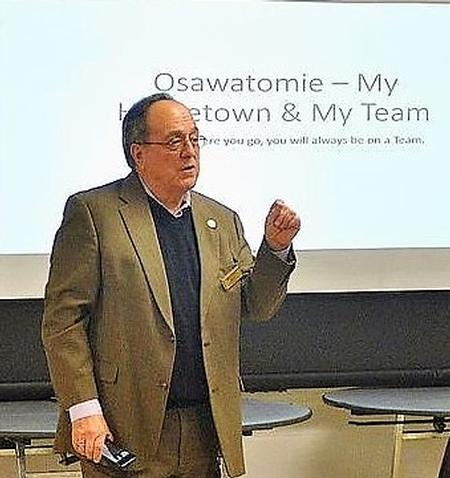
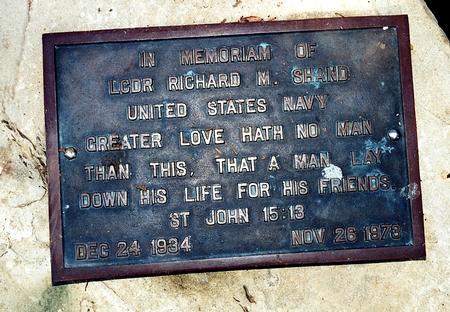

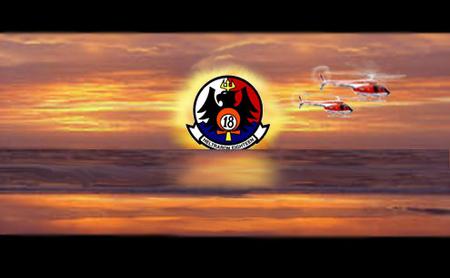
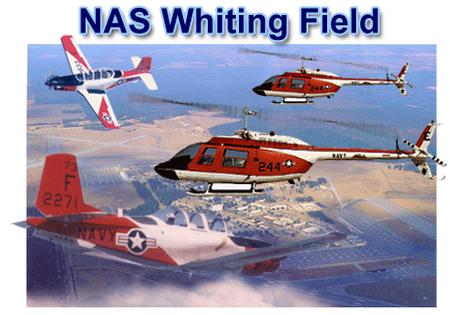
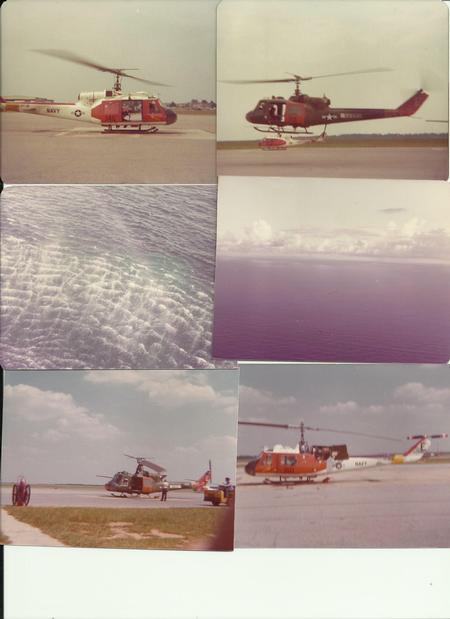
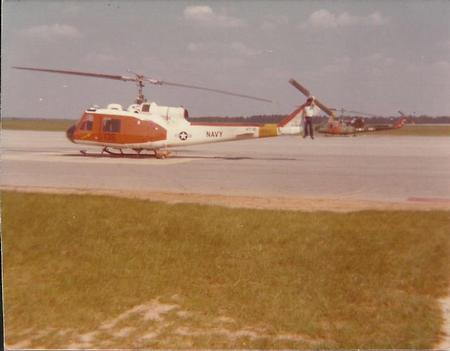
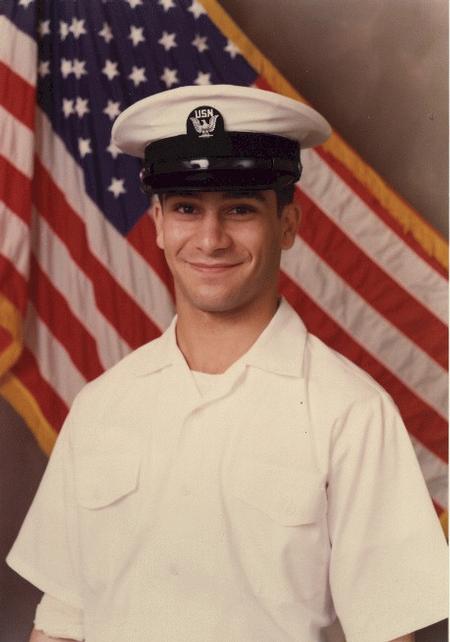

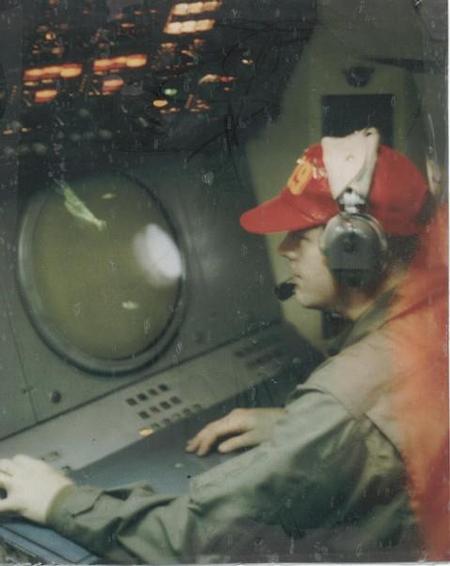
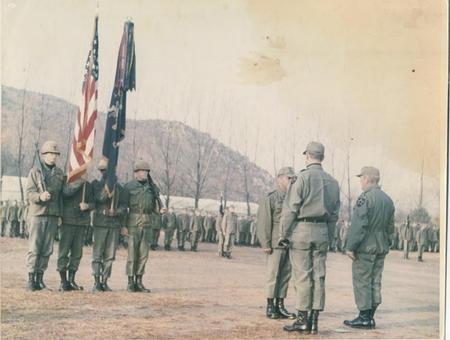
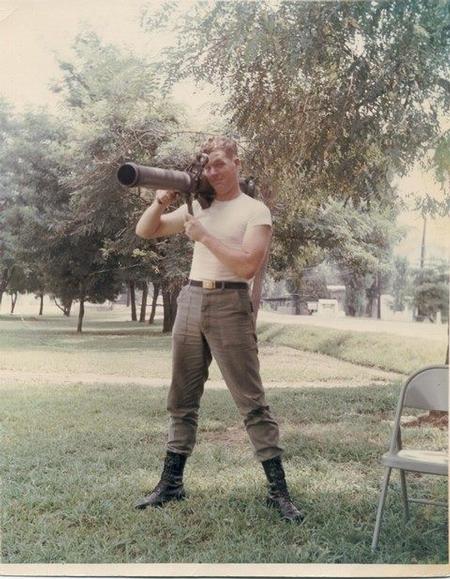
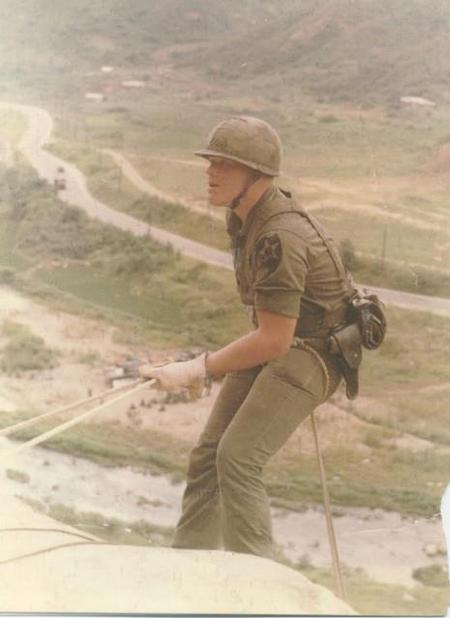
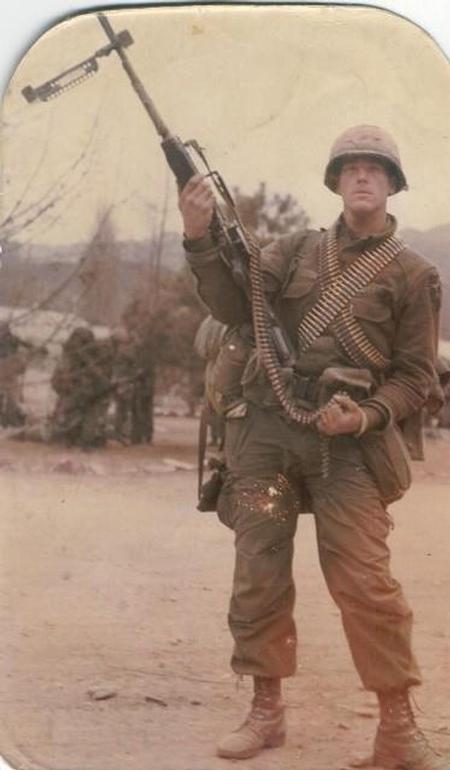
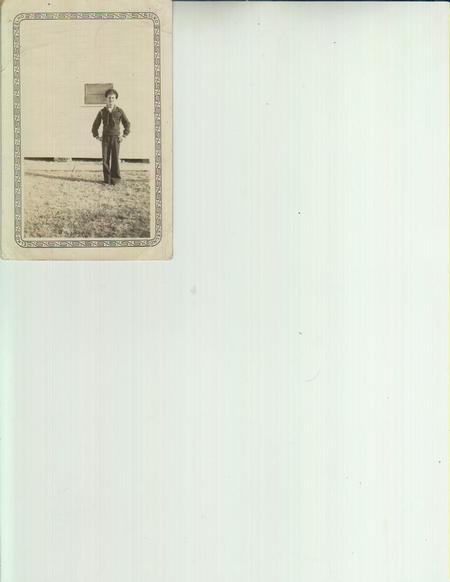
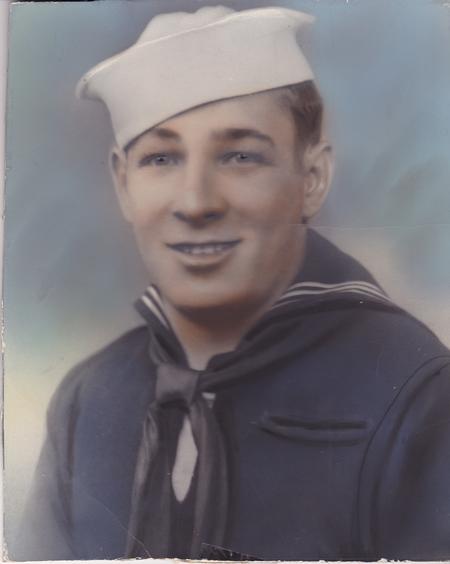
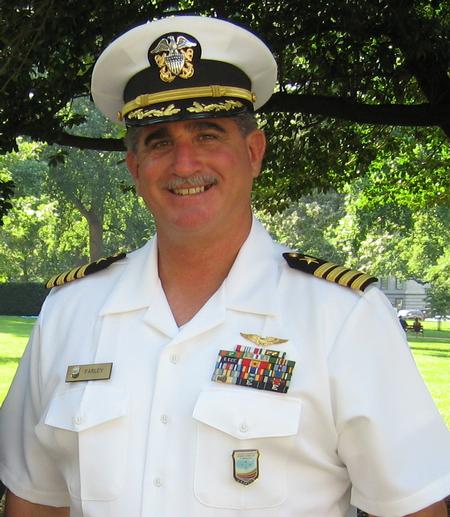

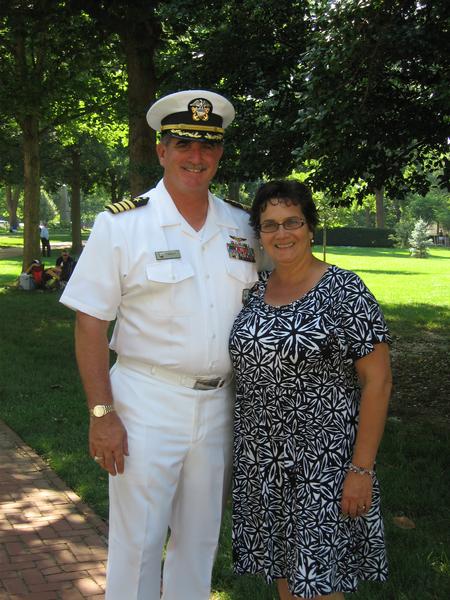
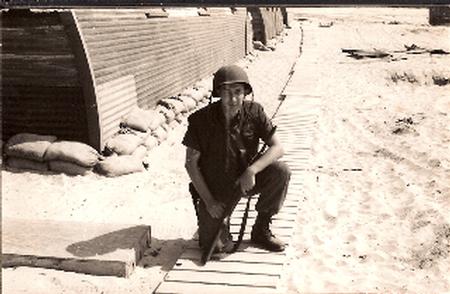

-USS-M-Ammerman-II--68505.jpg)
